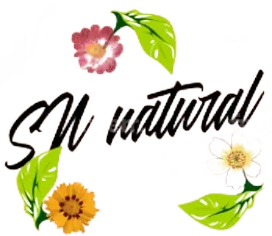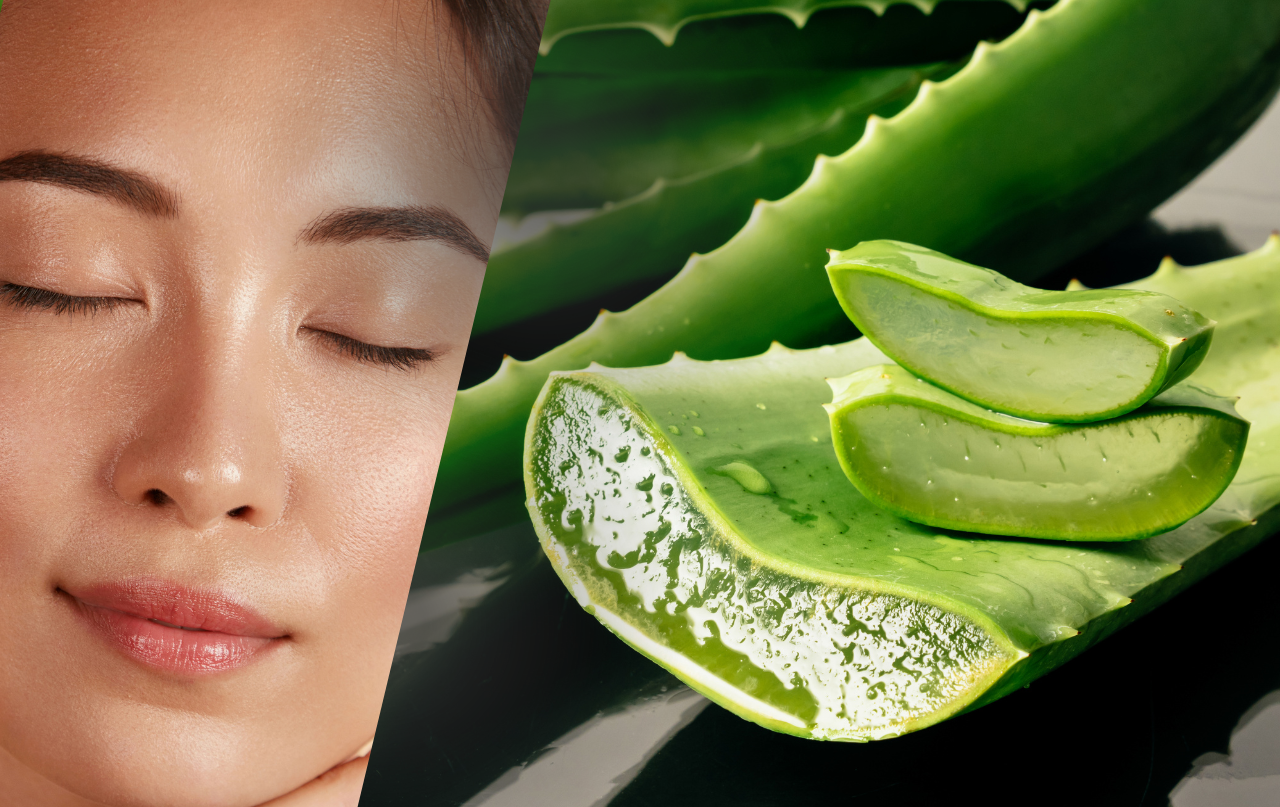Long known to be nature’s best-kept secret for relaxation and well-being, chamomile has beautiful white flowers and a calming scent. This humble herb has a long history of traditional use and is well-known for its amazing abilities to support well-being in general, improved sleep, and relaxation.
In this article, we’ll explore the world of chamomile, from its origins to its diverse applications, and discover why it has earned its reputation as a natural remedy for relaxation and tranquility.
What is Chamomile?
Chamomile, scientifically known as Matricaria chamomilla, is a flowering plant that belongs to the daisy family, Asteraceae. It is recognized by its daisy-like flowers with white petals and a bright yellow center. Chamomile comes in two primary varieties: German chamomile (Matricaria chamomilla) and Roman chamomile (Chamaemelum nobile). These two varieties have similar properties, but they are distinguished by slight differences in appearance and aroma.
History of Chamomile Usage
The ancient civilizations used chamomile thousands of years ago. The Egyptians used it for its therapeutic powers and held it in great respect. Because of its apple-like aroma, the word “chamomile” comes from the Greek words “khamai” and “melon,” which mean “earth” and “apple.” During the Roman era, chamomile was also widely used in teas and ointments.
Varieties of Chamomile
There are two primary types of chamomile used for their therapeutic benefits: German chamomile (Matricaria chamomilla) and Roman chamomile (Chamaemelum nobile). Both varieties offer similar health advantages, but German chamomile is more commonly used in herbal remedies.
The Power of Chamomile in Relaxation
Chamomile is renowned for its ability to induce a sense of relaxation and tranquility. Its natural compounds, such as apigenin, have a mild sedative effect, making it a popular choice for those seeking stress relief.
Chamomile and Lavender Relaxation Tea
This soothing herbal tea combines the calming properties of chamomile and lavender to help you unwind and relax.
Ingredients:
- 1 chamomile tea bag
- 1 teaspoon dried lavender buds
- 1 cup hot water
- Honey or lemon (optional)
Instructions:
- Place the chamomile tea bag and dried lavender buds in a cup.
- Pour hot water over the tea bag and lavender.
- Let it steep for 5-7 minutes.
- Remove the tea bag and, if desired, add honey or lemon for extra flavor.
- Sip the tea slowly, inhaling the soothing aroma, and let it ease your stress and promote relaxation.
Related: Top Best 10 Essential Oils for Relaxation and Stress Relief
Chamomile and Sleep
If you struggle with sleepless nights, chamomile tea might be your answer. Chamomile’s calming properties can help improve sleep quality and reduce insomnia. It is caffeine-free, making it an excellent choice for a bedtime drink.
Chamomile and Lavender Sleep Aid Sachet
A sachet filled with chamomile and lavender can be placed under your pillow to promote relaxation and improve sleep quality.
Ingredients:
- 2 tablespoons of dried chamomile flowers
- 2 tablespoons of dried lavender buds
- A small cotton bag or muslin cloth
Instructions:
- Mix the dried chamomile flowers and lavender buds in a bowl.
- Fill the cotton bag or muslin cloth with the herbal mixture.
- Secure the sachet and place it under your pillow before sleep.
- Inhale the calming aroma as you drift off to sleep for a peaceful night’s rest.
Chamomile Benefits for Mental Health
Beyond relaxation, chamomile also offers benefits for mental health. It has been found to alleviate symptoms of anxiety and depression. Incorporating chamomile into your daily routine can promote a sense of calm and well-being.
Chamomile and Epsom Salt Relaxation Bath
A chamomile-infused Epsom salt bath can provide a calming and relaxing experience, perfect for unwinding after a long day.
Ingredients:
- 1/2 cup dried chamomile flowers or 2 chamomile tea bags
- 1 cup Epsom salt
- A bathtub of warm water
Instructions:
- Fill your bathtub with warm water, ensuring it’s at a comfortable temperature for you.
- Place the dried chamomile flowers or chamomile tea bags in a small muslin cloth or a clean sock and tie it securely.
- Add the Epsom salt to the bathwater and gently place the chamomile pouch in the tub.
- Allow the chamomile and Epsom salt to dissolve in the warm water.
- Soak in the bath for 20-30 minutes, inhaling the calming aroma and allowing the Epsom salt to relax your muscles.
- When you’re done, gently pat yourself dry and enjoy the sense of relaxation and tranquility.
Chamomile for Digestive Health
Chamomile is known for its digestive benefits. It can help ease stomach discomfort, indigestion, and irritable bowel syndrome. The soothing qualities of chamomile tea make it a go-to remedy for digestive issues.
Chamomile Tea for Digestive Relief
Chamomile tea is a well-known remedy for digestive discomfort, including indigestion, bloating, and gas. It can help soothe an upset stomach and promote healthy digestion.
Ingredients:
- 1 chamomile tea bag or 1 tablespoon of dried chamomile flowers
- 1 cup of hot water
- Honey (optional)
Instructions:
- Place the chamomile tea bag or dried chamomile flowers in a cup.
- Pour hot water over the chamomile.
- Let it steep for 5-10 minutes.
- Optionally, add honey for extra sweetness.
- Sip the tea slowly to ease digestive discomfort.
Chamomile in Skincare
Chamomile is not only beneficial when consumed but also when applied topically. It has anti-inflammatory and antioxidant properties that make it an excellent addition to skincare products. Chamomile can help soothe irritated skin and reduce redness.
Chamomile Compress for Skin Irritations
Chamomile can soothe various skin irritations, including rashes, sunburn, and insect bites. A chamomile compress is an effective way to provide relief.
Ingredients:
- 2 chamomile tea bags or 2 tablespoons of dried chamomile flowers
- 2 cups of hot water
Instructions:
- Steep the chamomile tea bags or dried chamomile flowers in hot water for 10-15 minutes.
- Let the chamomile infusion cool to room temperature.
- Soak a clean cloth or cotton pad in the chamomile infusion.
- Apply the compress to the affected area for 15-20 minutes.
- Use as often as needed for skin relief.
Chamomile Hair Rinse for Natural Shine
Chamomile can enhance the natural shine and lighten hair, making it an excellent natural hair rinse.
Ingredients:
- 2 chamomile tea bags or 2 tablespoons of dried chamomile flowers
- 2 cups of hot water
- 1 tablespoon of apple cider vinegar (optional)
Instructions:
- Steep the chamomile tea bags or dried chamomile flowers in hot water for 10-15 minutes.
- Let the chamomile infusion cool.
- After shampooing and conditioning your hair, use the chamomile infusion as a final rinse.
- Optionally, mix in apple cider vinegar for added shine.
- Do not rinse out; let your hair air-dry naturally.
Chamomile for Children and Pets
Chamomile, with its soothing and calming properties, is often considered a safe and natural remedy for a variety of health concerns. Many people wonder whether chamomile can also be used for the well-being of their children and pets. Here, we’ll explore the safety and potential benefits of chamomile for both kids and furry friends.
Chamomile for Children
Is Chamomile Safe for Kids?
Chamomile is generally safe for children when used in moderation and under the guidance of a healthcare professional. It can be particularly beneficial for children dealing with:
- Teething Discomfort: Chamomile’s anti-inflammatory properties may help alleviate the discomfort associated with teething. Chamomile tea, when used in a diluted form, can be rubbed on the baby’s gums.
- Restlessness and Sleep Issues: Chamomile tea can be given to children to promote relaxation and better sleep, particularly in the evening.
- Mild Digestive Complaints: Chamomile tea may help ease tummy troubles, such as gas, indigestion, and colic.
How to Use Chamomile for Kids
When using chamomile for children, it’s important to exercise caution:
- Always dilute chamomile tea for infants and toddlers.
- Start with a small amount to ensure there are no adverse reactions.
- Consult a healthcare professional or pediatrician before incorporating chamomile into your child’s routine, especially if they have allergies or underlying medical conditions.
Chamomile for Pets
Is Chamomile Safe for Pets?
Chamomile can be a safe and beneficial herb for some pets, particularly dogs and cats. It can be used to address various issues in pets, including:
- Anxiety and Stress: Chamomile’s mild sedative properties may help calm anxious or stressed pets. It can be useful during thunderstorms, fireworks, or when introducing a new pet into the household.
- Skin Irritations: Chamomile can be used topically to soothe itchy or irritated skin in pets, including hot spots and minor skin irritations.
- Digestive Upset: Chamomile tea (unsweetened and caffeine-free) may help alleviate mild digestive problems in pets.
How to Use Chamomile for Pets
When using chamomile for pets, follow these guidelines:
- Consult with a veterinarian before introducing chamomile to your pet’s routine, especially if they have pre-existing health conditions or are on medication.
- Start with small quantities to ensure there are no adverse reactions.
- For topical use on the skin, chamomile can be diluted and applied as a soothing wash or poultice.
Precautions
While chamomile is generally safe, it may cause allergic reactions in some individuals, both humans and animals. Always observe for any signs of adverse effects when introducing chamomile to your children or pets, and discontinue use if any issues arise.
Conclusion
Chamomile is a versatile herb with a long history of promoting relaxation and well-being. From its ancient roots to its modern applications, chamomile has proven itself as nature’s secret for a peaceful mind and body. Whether in the form of tea, skincare products, or aromatherapy, its soothing properties continue to be celebrated and cherished.
FAQs
- Is chamomile safe for pregnant women? Chamomile is generally safe, but pregnant women should consult with their healthcare provider before using it regularly.
- Can I give chamomile tea to my child for sleep? Chamomile tea can be given to children in moderation, but it’s advisable to consult a pediatrician for proper guidance.
- Are there any side effects of chamomile consumption? Some individuals may experience allergic reactions to chamomile. It’s essential to be aware of any adverse effects and discontinue use if necessary.
- What is the best time to drink chamomile tea for relaxation? Chamomile tea can be consumed at any time, but it is particularly beneficial in the evening to promote relaxation and better sleep.
- Where can I find high-quality chamomile products? High-quality chamomile tea, skincare products, and supplements are available at reputable health food stores and online retailers.






